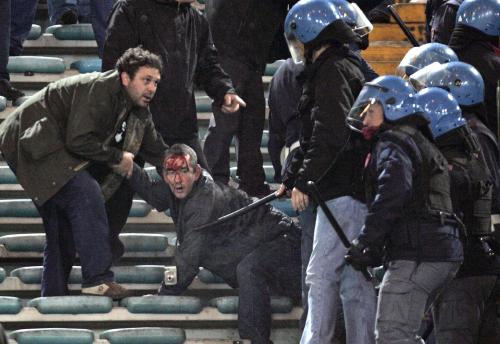The previous post on a model for trauma debriefing relates to only one type of trauma. That is either single incident trauma or an ongoing trauma that has since ceased.
Single incident trauma is just that, a single incident. Examples may be an abduction, serious car accident, airline or train accident, an assault or rape, or some life threatening incident such as a terrorist bombing. Usually these are unpredictable, occur quickly and then end in a relatively short space of time. That is they do not continue over weeks or months or years. It is not uncommon to get clients with this type of traumatic experience presenting for treatment.

Indeed the research indicates that it is best to begin the debriefing process within 72 hours of the event occurring, if that can be arranged. If the debriefing does not occur within 6 weeks then it is seen that the personality adjusts and incorporates the traumatic reactions into it. Thus the reactions become ego syntonic and do not remain ego dystonic and thus they are harder to remedy.
The model described below is particularly relevant to this type of trauma . I would suggest however that most trauma is not of this kind. Most often the traumatic event(s) extend over a prolonged period of time and involve a whole series of single traumatic events collected together. So one ends up with not a single traumatic event but a period of time where there was a number of traumatic events collected together.

Examples of this may include ongoing legal battles, marital problems, bullying, imprisonment, difficult pregnancy, protracted life threatening illness, political harassment and can occur in some occupations such as in the military, the police or the ambulance service.
The model described below is relevant for these ongoing trauma periods as long as it is definitely over. For instance the person has left the military, the marriage is over, the baby has been born healthy, or the legal battles or bullying have ended. One can then set about resensitizing the Free Child again using the model described before.

Not uncommonly however a therapist will be dealing with a client who is in the middle of a series of traumatic events and not at the end of it. Such as employees who are sent for counselling because they are on stress leave from work. In such circumstances the therapist is not suggesting trauma debriefing. Even if they did it would not happen because the Free Child of the client simply will not go there. As mentioned before the FC has partitioned itself off and it simply will not even consider coming out of hiding until it sees that the environment is no longer threatening like is has been.

Balancing act
The therapist does not seek to resensitize the Free Child like described before. One does not do trauma debriefing but instead does trauma management and this can require some therapeutic skill at times. One walks that fine line with the client between assisting the Free Child to hide but also wanting the Free Child to be resensitized enough so as to avoid some of the PTSD symptoms that will develop is the Free Child hides too deep for too long.
Graffiti
Would an amount of deep cult living be the same. Like when they come out of the place they need to learn to walk again, begin to see things differently, learn about the world, live with the decisions made when 'in' the cultish life; the abuse and abusing done, learning to live un-oppressed, learning to balance things, to understand how to behave socially again... just all that stuff. Just little things like how to communicate to someone who isn't afraid of the same things as you, and don't have to fully believe the same, how to naturally be with others again.
ReplyDeleteSo totally messed up. And then everything that's supposed to be wrong and deadly... well it isn't and you're supposed to work out what to be afraid of and what is not so bad. Do you realise how impossible a task that is?
I'm so tired. I'm going to bed. Sleep well and hope your weekend is being a heap of fun!